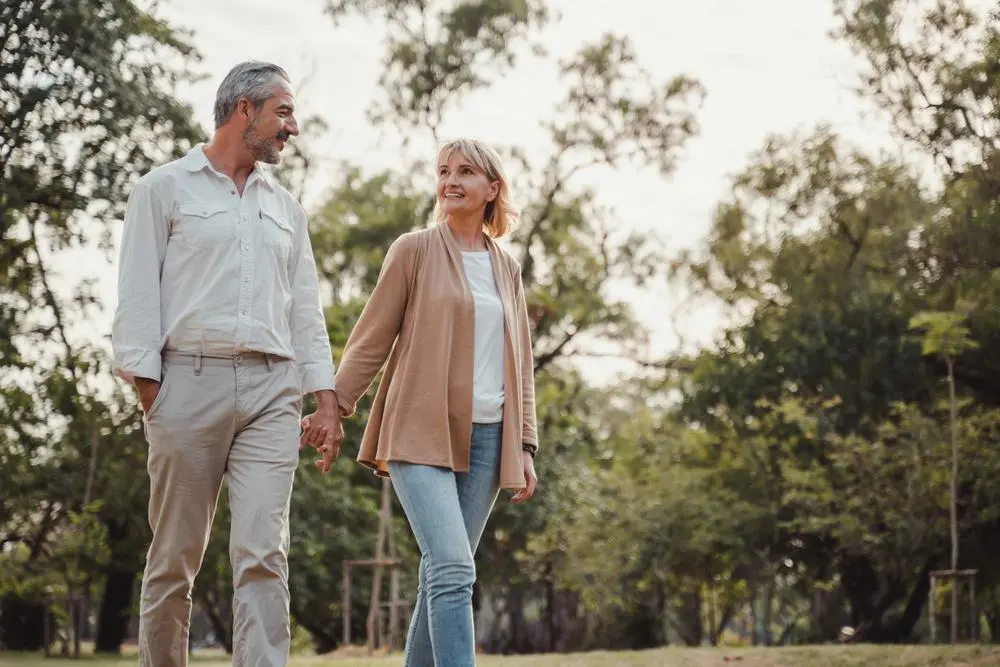Keep your website, newsletter, and social media content fresh and engaging with these Healthwise HealthLinks. The copy promotes timely health themes by highlighting topics in the Healthwise Knowledgebase. Use the copy below on your website homepage or condition-specific pages, and create links to the related Healthwise Knowledgebase topics. You can also place the copy in emails, newsletters, or any other patient materials.
5 tips for a heart-healthy lifestyle
Strokes are serious, and they can happen to anyone. One way to lower your risk of a stroke is by living a heart-healthy lifestyle, even if you don’t have existing health problems. A heart-healthy lifestyle will not only reduce your chances of a stroke or heart attack, but you’ll be modeling good habits for your loved ones. Follow these five tips to start living a heart-healthy life.
[Create a hyperlink to Heart-Healthy Lifestyle on your website. DOCHWID=abk9834]
Is an aspirin a day a good idea?
You may have heard that an aspirin a day keeps heart attacks and strokes at bay. Daily aspirin is a good option for some people, but it can also cause serious bleeding. Should YOU take an aspirin a day? Use this interactive tool as a starting point to learn more about the benefits and risks of daily aspirin, then discuss with your doctor to decide what’s best for you.
[Create a hyperlink to Aspirin: Should I Take Daily Aspirin to Prevent a Heart Attack or Stroke? on your website. DOCHWID=uf9825]
Lower repeat stroke risk
After you’ve had one stroke, you’re at higher risk for having another. But the good news is there are things you can do to reduce the chances of a stroke happening again. Taking your medicine, doing stroke rehabilitation, and making healthy lifestyle changes can all help. Learn more about these strategies and the action you can take to help prevent another stroke.
[Create a hyperlink to Stroke: How to Prevent Another One on your website. DOCHWID=abo4166]
BE FAST at identifying strokes
Anyone can have a stroke. Knowing the signs and calling emergency services right away makes recovery more likely—it can even save a life. The simple way to remember the main signs of a stroke is: BE FAST. BE FAST stands for: balance, eyes, face, arms, speech, and time. Watch this video to learn how to check for each of these signs and know when to call for help.
[Create a hyperlink to Stroke: Know the Signs and BE FAST on your website. DOCHWID=abs0968]
Social Media Teasers
- Strokes are serious, and they can happen to anyone. Follow these five tips to lower your stroke risk by living a heart-healthy lifestyle.
[Create a shortened URL to Heart-Healthy Lifestyle DOCHWID=abk9834] - You may have heard that an aspirin a day keeps strokes at bay. This is true for some, but not everyone. Should you take an aspirin a day?
[Create a shortened URL to Aspirin: Should I Take Daily Aspirin to Prevent a Heart Attack or Stroke? DOCHWID=uf9825] - After you’ve had one stroke, you’re at higher risk for another one. But the good news is there are ways to reduce your stroke risk.
[Create a shortened URL to Stroke: How to Prevent Another One DOCHWID=abo4166] - Watch this short video to find out how BE FAST can help identify signs of a stroke and know when to call for help—it could save a life.
[Create a shortened URL to Stroke: Know the Signs and BE FAST DOCHWID=abs0968]

